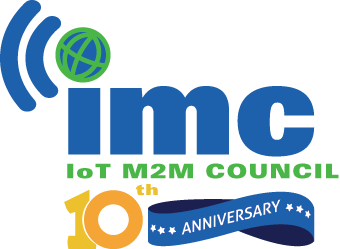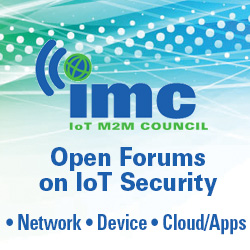Are these the droids you are looking for?
- February 26, 2023
- Steve Rogerson
Steve Rogerson discovers how one company is integrating IoT and robotics.

Everybody loves a robot. Whether it is the cute R2-D2 trash can from Star Wars or one determined to kill people in the Terminator movies, they are all great.
The reality though is most robots today are pallets on wheels roaming around warehouses transporting goods to the correct place. However, these creatures still need a good bit of intelligence to learn and navigate their environment and avoid those awkward, unpredictable humans that just keep getting in the way.
To do this can involve not just sensors and processing on the robot itself but interacting with IoT devices such as cameras and elevators in the warehouse or factory. This extends the IoT to what Israeli company Cogniteam calls the IoRT; you can work out what the R stands for yourself.
The problem is that for robot builders to create such intelligence can involve a development effort up to six years. That is too long, which is why Cogniteam came up with a nifty bit of software called Nimbus that can help robotic developers cut this time to just 18 months.
I caught up last week with Cogniteam’s CEO Yehuda Elmaliah to find out how it works. The company was founded in 2010 and for its first nine years concentrated on making software to help robotics companies achieve autonomy.
“Robotics companies came to us to help with autonomy for different robots,” said Yehuda. “Then we developed Nimbus, which changed us from a project company to a product company. This helps robot companies develop, deploy and control robots through the cloud.”
The company has now released a feature that lets developers integrate their robots more easily with existing sensors, cameras and automatic systems within facilities.
“We now have the ability to work with different IoT devices,” said Yehuda.
Without this, software and hardware engineers often code communications protocols and develop standards that can be understood by both IoT and IoRT devices, just not on the same platform. This opens up potential errors due to a misalignment in the software, or some unknown disturbance (not in the Force) between independent development platforms.

While this may be inconvenient for many, it could be catastrophic for autonomous robots operating in mission-critical roles. In response, Cogniteam has bolstered Nimbus to manage the process for standalone IoRT devices, IoRT fleets and IoT devices. The software components now include packets for IoT companies along with their communications protocols, all in a drag-and-drop format.
“We put everything all in one place,” said Yehuda. “So, you can have an edge device in a ceiling camera that can see the robot moving around and warn it if it spots something that can effect what it is doing.”
He said bringing the robotic and environmental IoT device development under one roof opened opportunities for beginners and developers. Examples where it is seeing large-scale adoptions are in medical labs or sensitive facilities.
The company now aims to extend the software to work with more protocols and is talking with sensor and camera makers to make sure the robots can interact with them.

Programmed correctly, IoT sensors in the facility can be programmed alongside the robot. This means they can play a part in clearing a path for the robot to reach its destination.
Taking this a step further, Cogniteam has advocated for greater robot autonomy, helping integrate robots in spaces shared with humans. The company is training robots to read social cues and act in a more predictable and natural manner when on the street or in a facility, naturally interacting with humans.
I suppose that is where it becomes a little scary, or exciting. Will they succeed? I may tell you in a future article because, well, I’ll be back.




